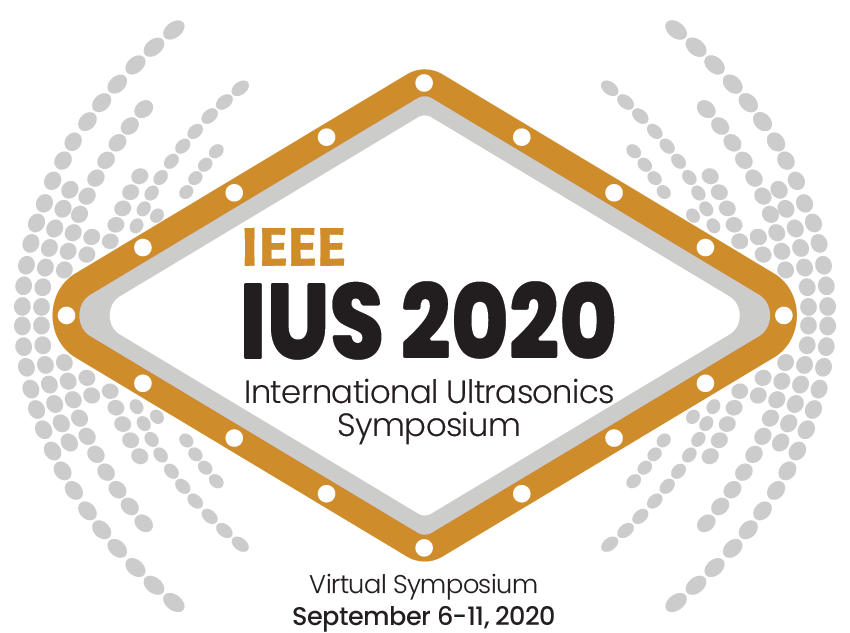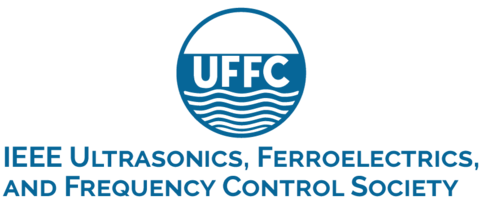Abstract
Piezoelectric MEMS technologies have undergone massive growth over the last 3 decades, primarily due to their application in wireless communication devices and compatibility with Semiconductor processes. High-frequency resonators based on Surface Acoustic Wave (SAW) and Bulk Acoustic Wave (BAW) have enabled the transition to 4G, with 5G imminent. Indeed, 5G is projected to be 100 times faster than 4G LTE and 10 times faster than wired fiber connections. This explosion in bandwidth has revolutionized person-to-person communication and how people interact with technology in general, with instant contextual information now the expectation from users.
This leap in capability presents unique challenges to the RF filter design engineers tasked to deliver the next-generation of hardware that underpins this transformative technology. Many modeling techniques have proven valuable in the evolution of these resonators, but Finite Element (FE) analysis stands out for its ability to capture complex, multiphysics effects for arbitrary 3D structures with realistic material properties. However, challenges remain as the scale of these structures can be vast for a given FE mesh, often surpassing 100M Degrees of Freedom (DoF) for a typical 3D resonator design. Thus the computational requirements to solve such a problem in a timely manner with sufficient resolution, and therefore accuracy, is significant.
The advent of Cloud computing presents a compelling solution by democratizing access to almost unlimited compute resources. This presentation describes methods that have been developed for the multiphysics simulation of MEMS resonators with an efficient FE solver deployed on an on-demand cloud HPC platform. The solver has been specifically architected to take advantage of distributed memory resources and 1000s of cores available on the cloud. This is coupled with a platform that abstracts the creation and management of massive on-demand HPCs specific to the requirements of each simulation. This combination of solver and platform facilitates the broadband simulation of models of 200-million degrees-of-freedom(and upwards) in hours.











